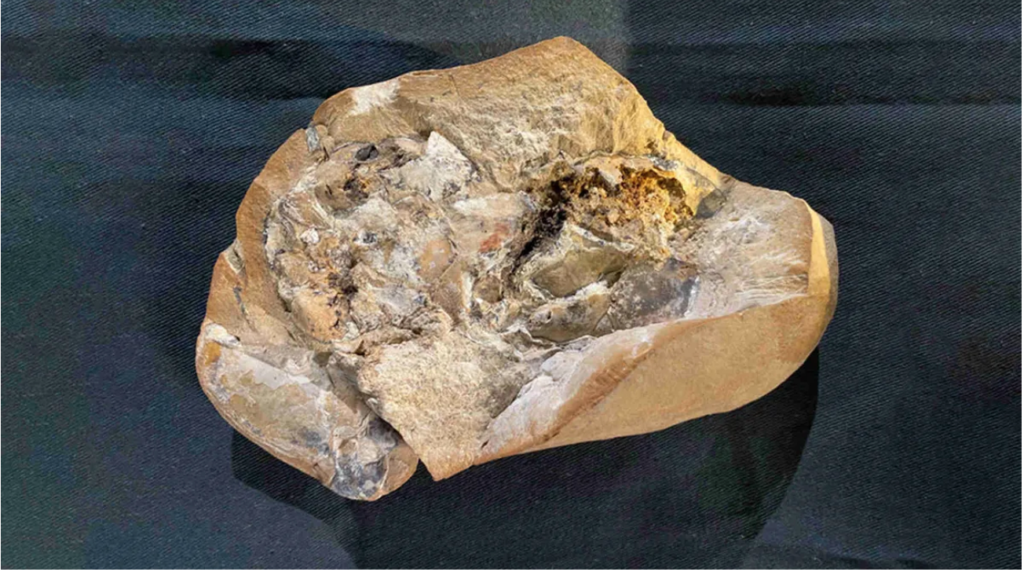/2022/09/16/image/jpeg/vPvF2RdETNThb1wqHCQ58ifddXoixqC4W0RUBbGO.jpg)
Researchers from Australia’s Curtin University discovered a 380-million-year-old heart preserved inside a fossilized prehistoric fish, claiming it to be the world’s oldest heart. The researchers also found fossilized stomach, intestine, and liver in the ancient jawed fish. The discovery is remarkable as the fish’s soft tissues were rarely preserved, said lead researcher Professor Kate Trinajstic.
The discovery, it is hoped, will shed light on how creatures, including humans, evolved.
The muscular organ is derived from a fossilized jawed fish that lived in the Devonian period, between 419 and 359 million years ago.
Professor Kate Trinajstic, the lead researcher, described their discovery as “remarkable,” as it is extremely rare to find soft tissues of ancient species that are so well preserved.

“As a palaeontologist who has studied fossils for more than 20 years, I was truly amazed to find a 3D and beautifully preserved heart in a 380-million-year-old ancestor,” Prof Trinajstic said.
“Evolution is often thought of as a series of small steps, but these ancient fossils suggest there was a larger leap between jawless and jawed vertebrates, she said. “These fish literally have their hearts in their mouths and under their gills – just like sharks today.”
The findings were published on Wednesday in the journal Science.
The researchers found the fossils in the Gogo Formation in the Kimberley region of Western Australia, a reef that preserves unique fauna and flora from the late Devonian period.
Based on their findings, the researchers created 3D models of the jawed fish’s heart, which revealed that it was made up of two chambers, with the smaller one sitting on top.
Prof Trinajstic said their findings offer a “unique window” into how the head and neck region began to evolve to accommodate jaws.
The discovery raises the possibility that the Australian outback has even more hidden treasures
She said: “For the first time, we can see all the organs together in a primitive jawed fish and we were especially surprised to learn that they were not so different from us.
“However, there was one critical difference – the liver was large and enabled the fish to remain buoyant, just like sharks today.
“Some of today’s bony fish such as lungfish and birchers have lungs that evolved from swim bladders but it was significant that we found no evidence of lungs in any of the extinct armored fishes we examined, which suggests that they evolved independently in the bony fishes at a later date.”
The discovery of the new specimen raises the possibility that the Australian outback has even more hidden treasures.
According to research co-author Professor Per Ahlberg of Sweden’s Uppsala University, “the majority of soft-tissue preservation is discovered in flattened fossils, where the soft anatomy is little more than a stain on the rock.” “Furthermore, we are extremely fortunate to be able to investigate these delicate soft tissues without harming them thanks to contemporary scanning technology. The project would have been unfeasible a few decades ago.”
Professor John Long of Flinders University, one of the study’s co-authors, described the discovery as “truly the stuff of a paleontologist’s dreams.”
He added, “Gogo has given us world firsts, from the origins of sex to the oldest vertebrate heart, and is now one of the most significant fossil sites in the world”.
